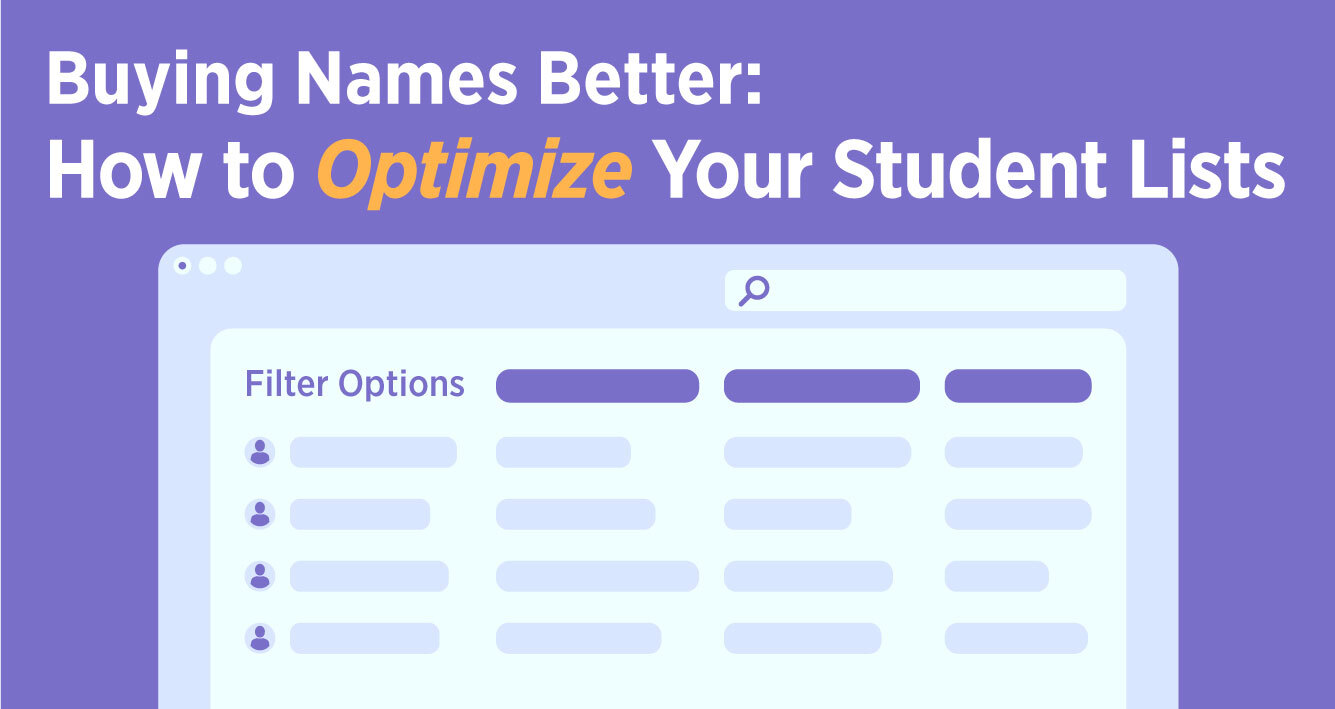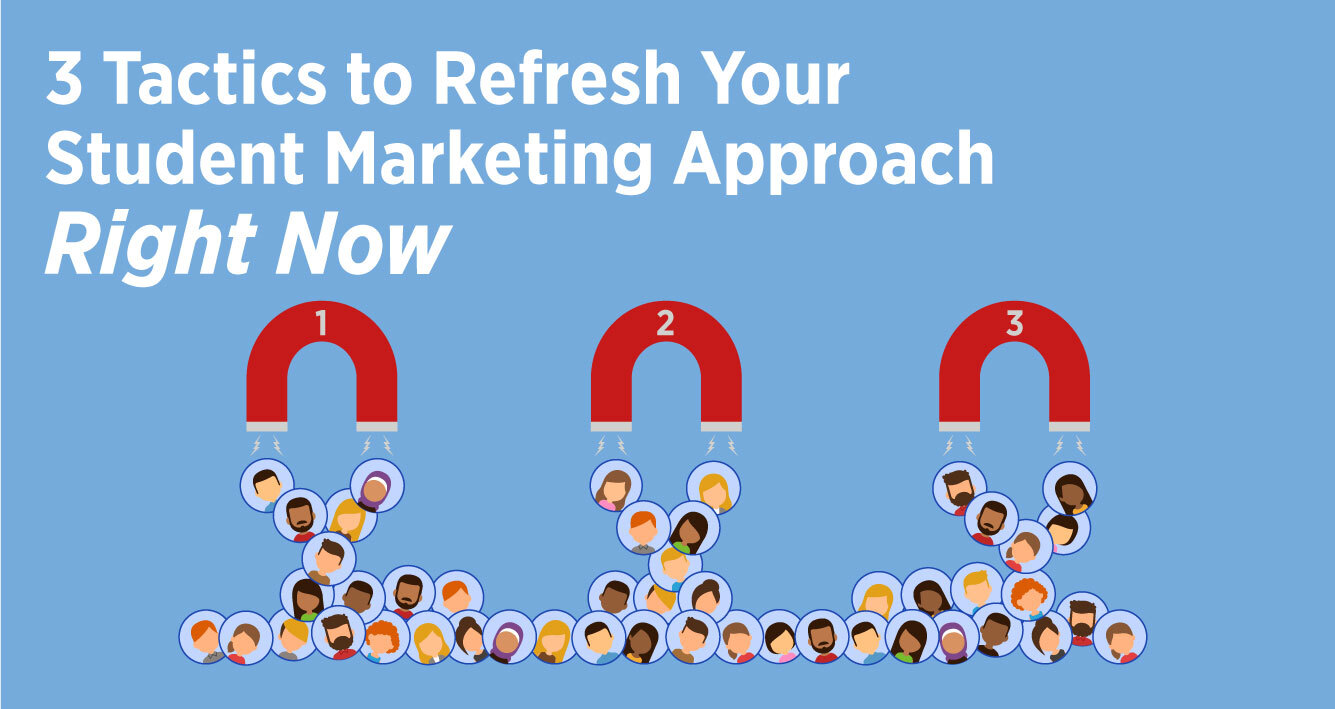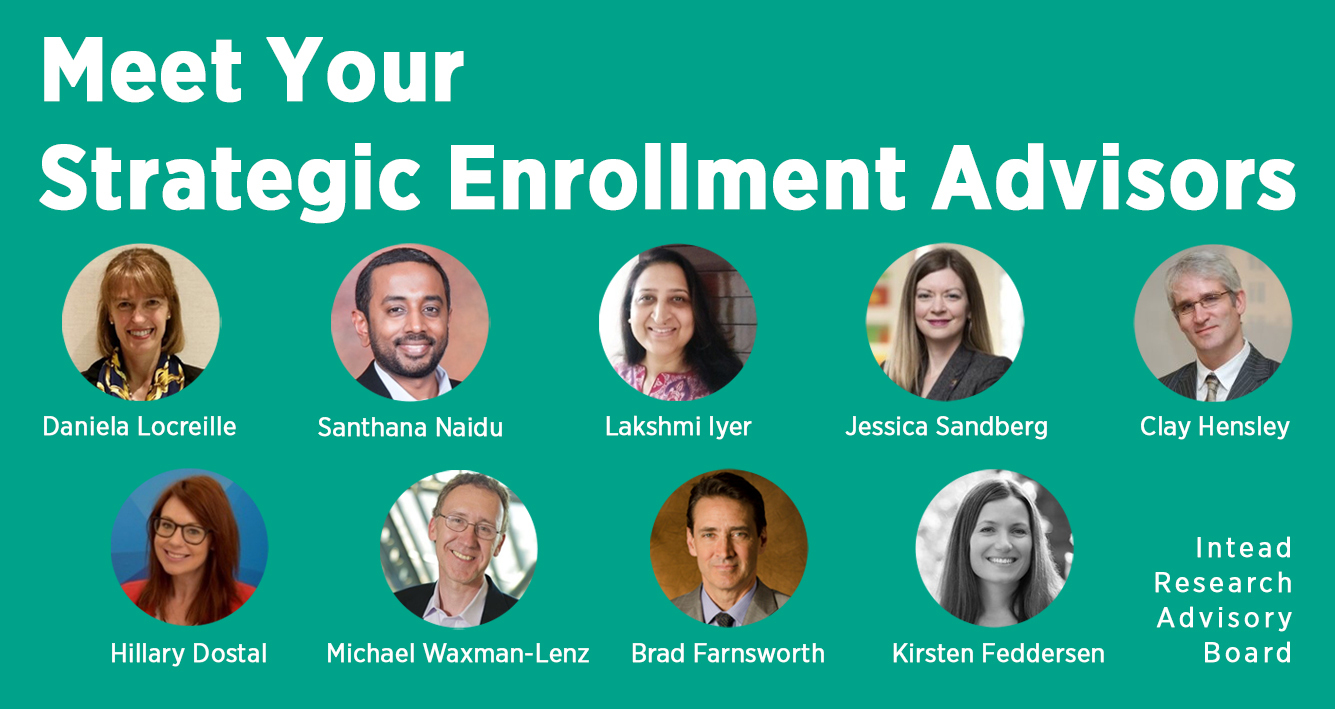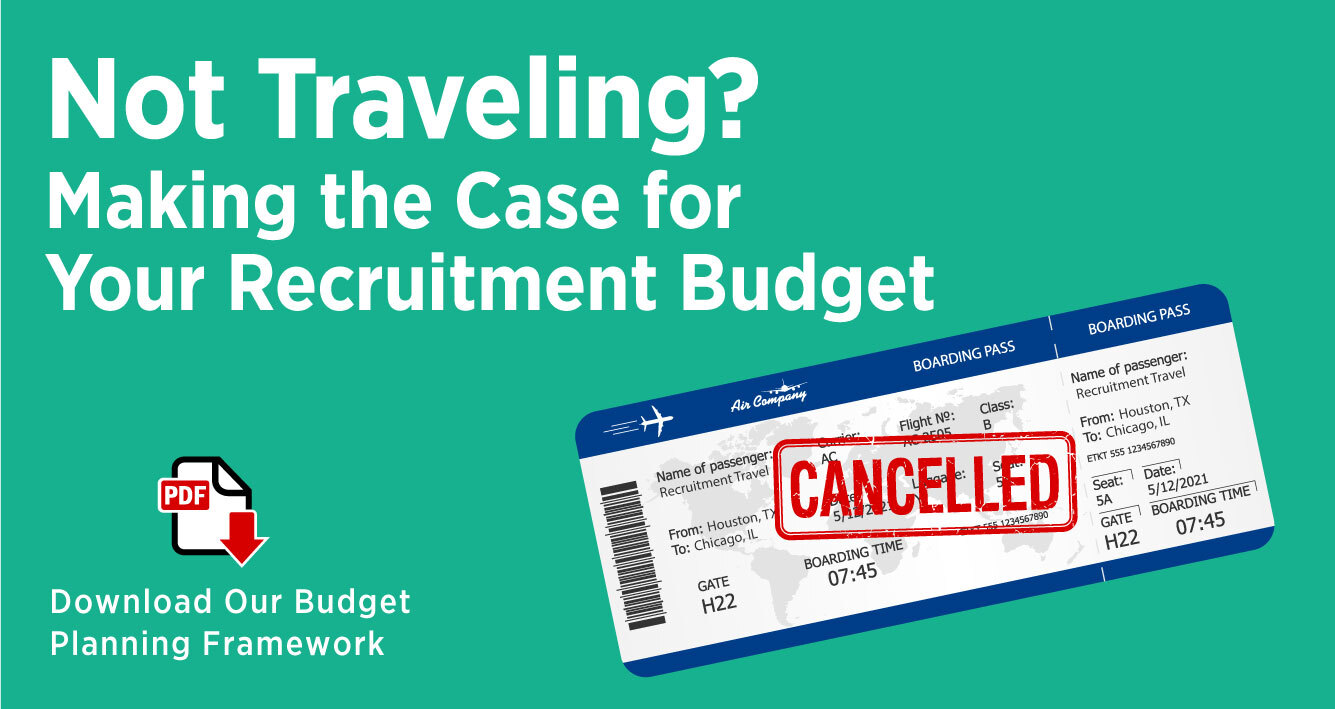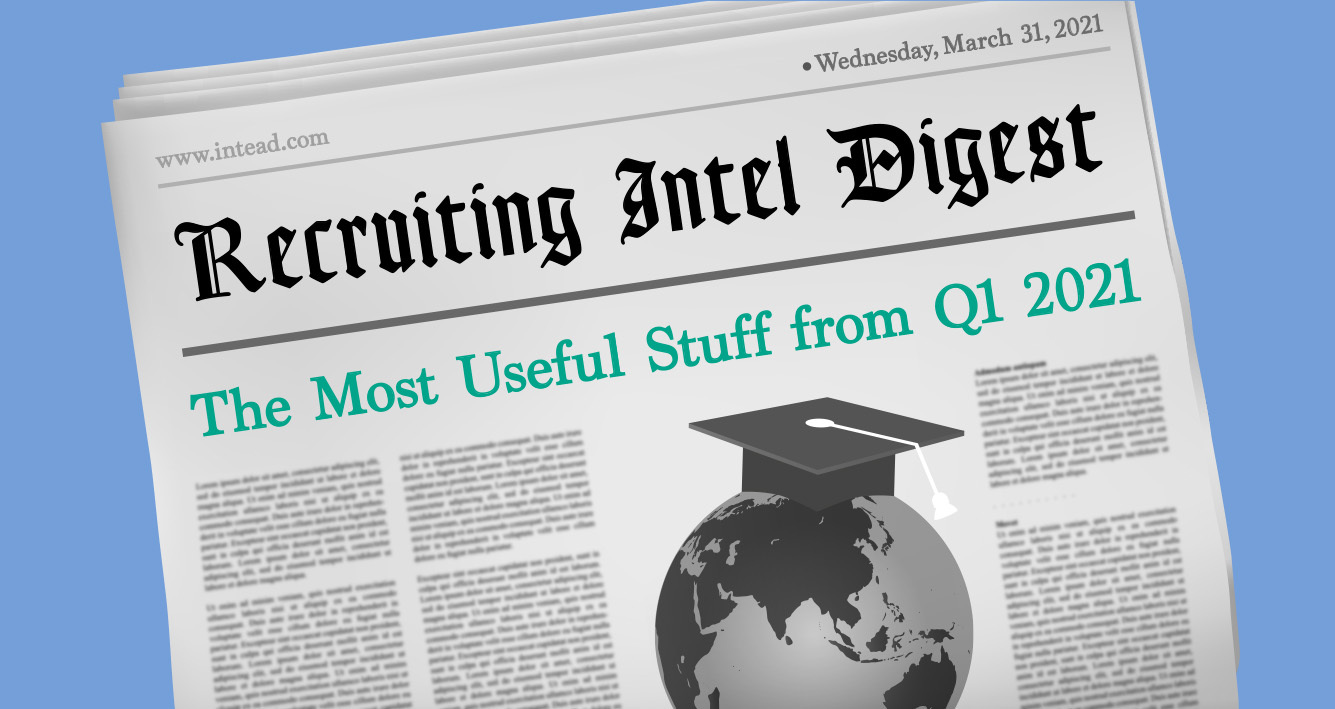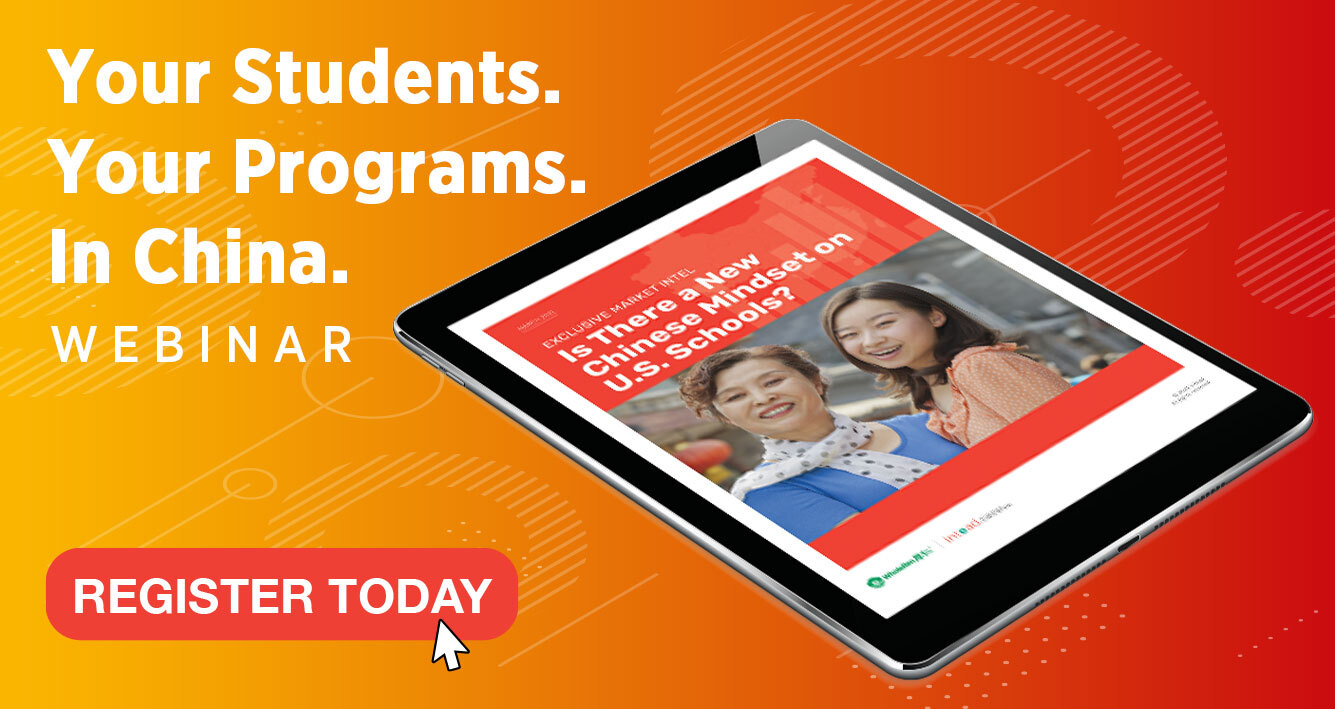Lead generation is more critical, and more complex, than ever. If you don’t get the top of the funnel right, it’s difficult to fix it further down the enrollment stream.
Likely your institution is already licensing significant numbers of student names through lists from vendors like College Board, ACT, Education Testing Service (ETS), Hobsons, Niche, EduCo, among others. These lists have value. However, your institution may not be leveraging the full benefit.
There is tremendous upheaval impacting the lists: dramatically shifting demographics, changing patterns of student behavior, severely reduced participation in testing programs, and changing policies related to student privacy.
Accumulating the names is the easy part. But with a bewildering array of names and filters available for searching, the challenge is to identify, target, and – ultimately – convert prospective students that are the right match for your institution.
How can you best navigate these platforms to license and leverage the leads for right-match prospective students?
Intead can help:
We’re talking a fresh, more focused strategy to your list approach, both internationally and domestically, that can transform your lead generation process for the next recruiting cycle.
Tailoring and refining your outreach is as important as acquiring the lists. And, in this particularly challenging and dynamic year for student decision-making, the need for an innovative approach is even more urgent.
What you can achieve:
- Increased conversions
- Lower CPAs
- Greater diversity in your application pool
We spoke with someone who knows these platforms inside and out: Clay Hensley, former Senior Director of International Strategy & Outreach at the College Board (and Intead Research Advisory Board member). Having represented the College Board and its programs to international constituents for more than 20 years, Clay’s deep product and market knowledge is an invaluable resource for your institution as you take a fresh look at how you acquire and nurture leads.
Pair that expertise with Intead’s capacity to analyze your institution’s enrollment and paid social media data, website traffic, and census and other demographic data – and the results you can achieve will raise eyebrows and produce smiles.
Read on to learn how your institution can avoid common pitfalls, boost the utility of those licensed names, and make the data work for you. Spoiler: The expertise you need is just an email away.
Read More
